- What is the Blank Grey or White Blank Page Problem in Microsoft Edge?
- Why Does the Microsoft Edge Start Page Become White or Grey?
- How to Fix the Microsoft Edge White Screen and Related Problems
- Tip 1. Run the Windows Store apps troubleshooter
- Tip 2. Clear your browsing data
- Tip 3. Disable Edge’s extensions
- Tip 4. Disable Hardware Acceleration
- Tip 5. Remove Incompatible Apps
- Tip 6. Reset Edge
- Tip 7. Rename Windows prefetch files
- Tip 8. Rename or delete Edge’s default folder
- Tip 9. Scan your PC for malware
- Tip 10. Use system restore
- Tip 11. Troubleshoot your Internet connection
- Tip 12. Update your network drivers
- Conclusion
- FAQ
Edge, for all its limitations and shortcomings, is actually a great solution for roaming around the Internet. That is why seeing a white blank page or blank grey screen when trying to browse with Edge is an extremely dispiriting experience. The good news is, we know how to fix the Microsoft Edge blank white screen and Windows grey screen issues.
What is the Blank Grey or White Blank Page Problem in Microsoft Edge?
With a market share of 6.73 percent in the US, Microsoft Edge is a popular choice for web browsing, yet unfortunately, it is quite prone to issues. In some cases, whenever you fire up Edge, the browser’s window displays either a blank grey or a completely white screen instead of your Microsoft start page or the expected webpage content.
Related: [FIXED] Access Denied: You Don’t Have Permission to Access This Server
Why Does the Microsoft Edge Start Page Become White or Grey?
There are various reasons why you may encounter the Edge new tab blank problem in Windows 10, Microsoft’s most popular OS. Since a white blank page or blank grey screen in Edge prevents you from accessing websites and is quite frustrating, you need to be aware of the most common culprits for the Microsoft Edge start page issue:
How to Fix the Microsoft Edge White Screen and Related Problems
If Microsoft Edge keeps freezing or you run into a blank grey screen or white blank page on your Windows 10 computer, what you should do to resolve the problem is just read on.
In this article, you can find no fewer than 12 proven tips on how to get your Edge back on track.
Start with the first fix and move on until your Microsoft Edge start page issue disappears.
Tip 1. Run the Windows Store apps troubleshooter
Run the Windows Store App troubleshooter, a special tool designed by Microsoft to deal with issues like yours. Here is how you can use this solution to fix the Edge new tab blank problem in Windows 10 :
- Open the Search app by pressing the
Windows key + Sshortcut. - Type troubleshoot into the search box.
- Select Troubleshoot settings from the list of results. You will be taken to the Troubleshoot section of the Settings app.
- Click on the Additional troubleshooters link under Recommended troubleshooting.
- Navigate to Windows Store Apps and click Run the troubleshooter.
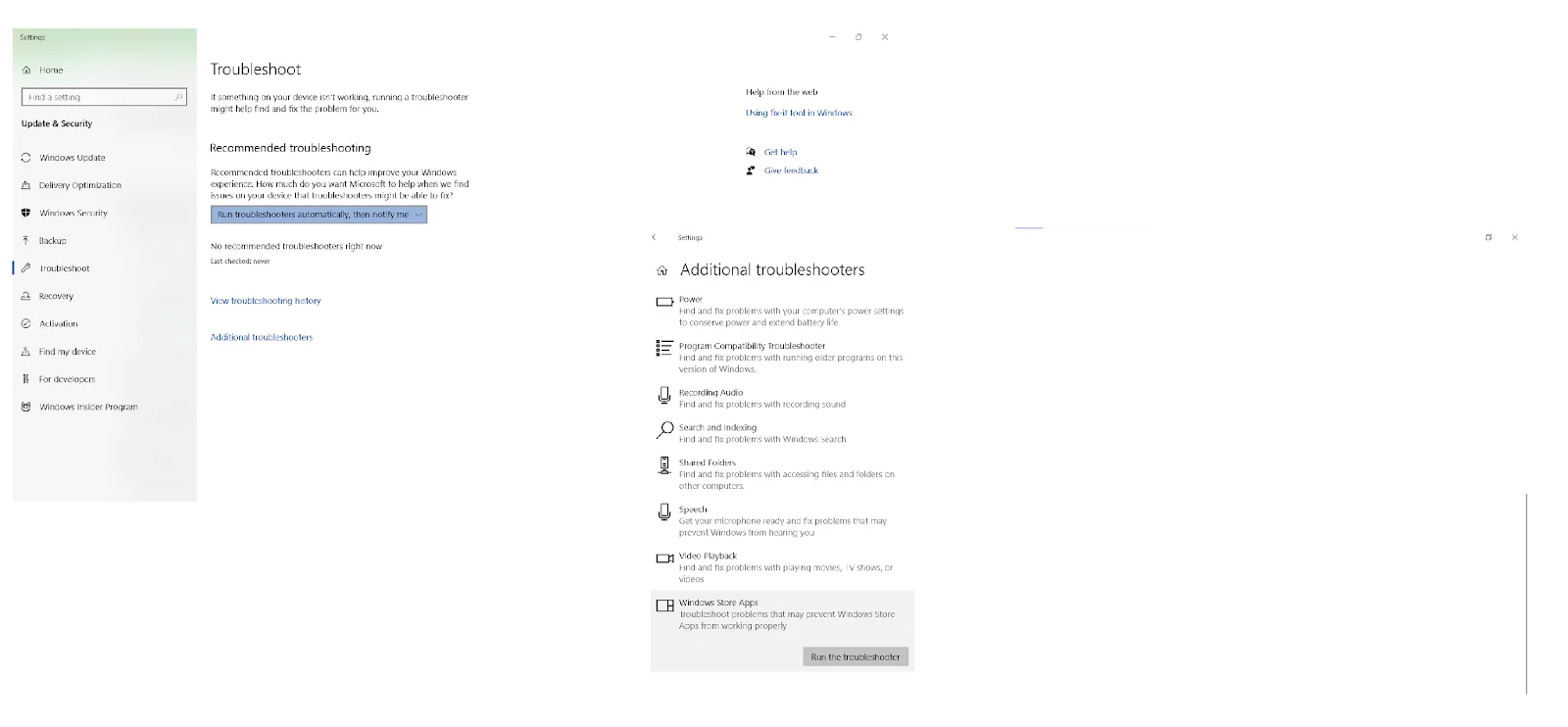
The troubleshooter will scan your Windows Store apps for issues. If it finds that there is something wrong with your Edge browser, you will be provided with possible resolutions.
Related: How to Get Rid of Windows Store Error 0x80072f05?
Tip 2. Clear your browsing data
A white blank page or blank grey screen coming up when you are trying to use Edge might be a direct consequence of its being clogged with corrupt browsing data. In a case like this, your best bet is to clear Edge’s browsing data:
- Open the browser and click on Settings and more (the icon you need looks like three horizontally aligned dots) at the top right corner.
- From the drop-down menu, select Settings.
- Scroll down until you see the Privacy, search and services section.
- Navigate to the Clear browsing data section.
- Click on Choose what to clear next to the Clear browsing data now option .
- Check all the boxes on the list and click the Clear now button .
Get the all-clear to proceed and restart the browser to see if the maneuver above has resolved Microsoft Edge start page issue .
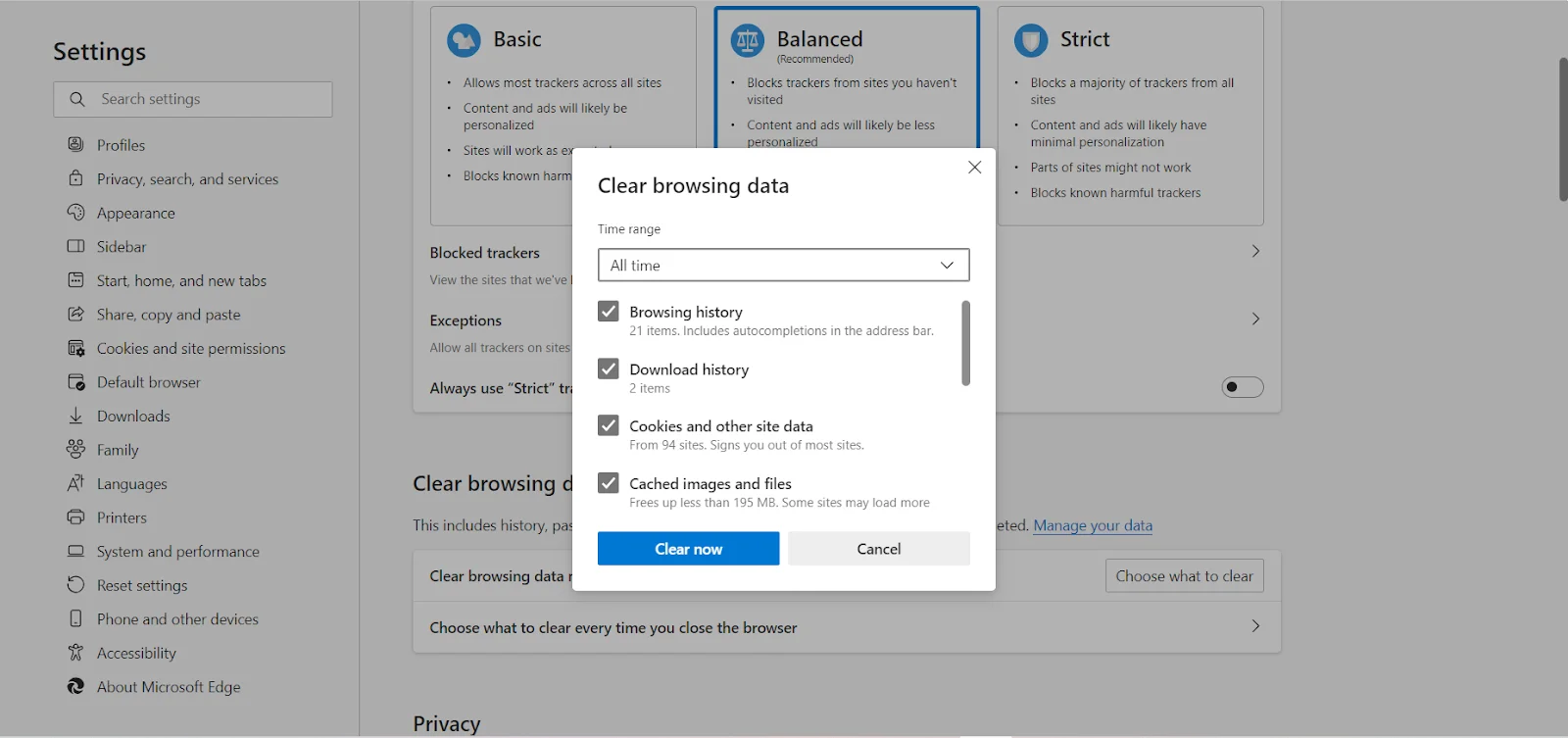
Related: How to Delete Temporary Internet Files?
Tip 3. Disable Edge’s extensions
If a white blank page or blank grey screen crash closes Edge, disabling all the extensions of the browser may prove helpful in getting rid of the Edge new tab blank problem. Here is what you should do:
- Open Edge’s settings (see the previous tip to know how).
- Click on the Extensions option and then click on Manage Extensions.
- Click on the extension you want to turn off and disable it.
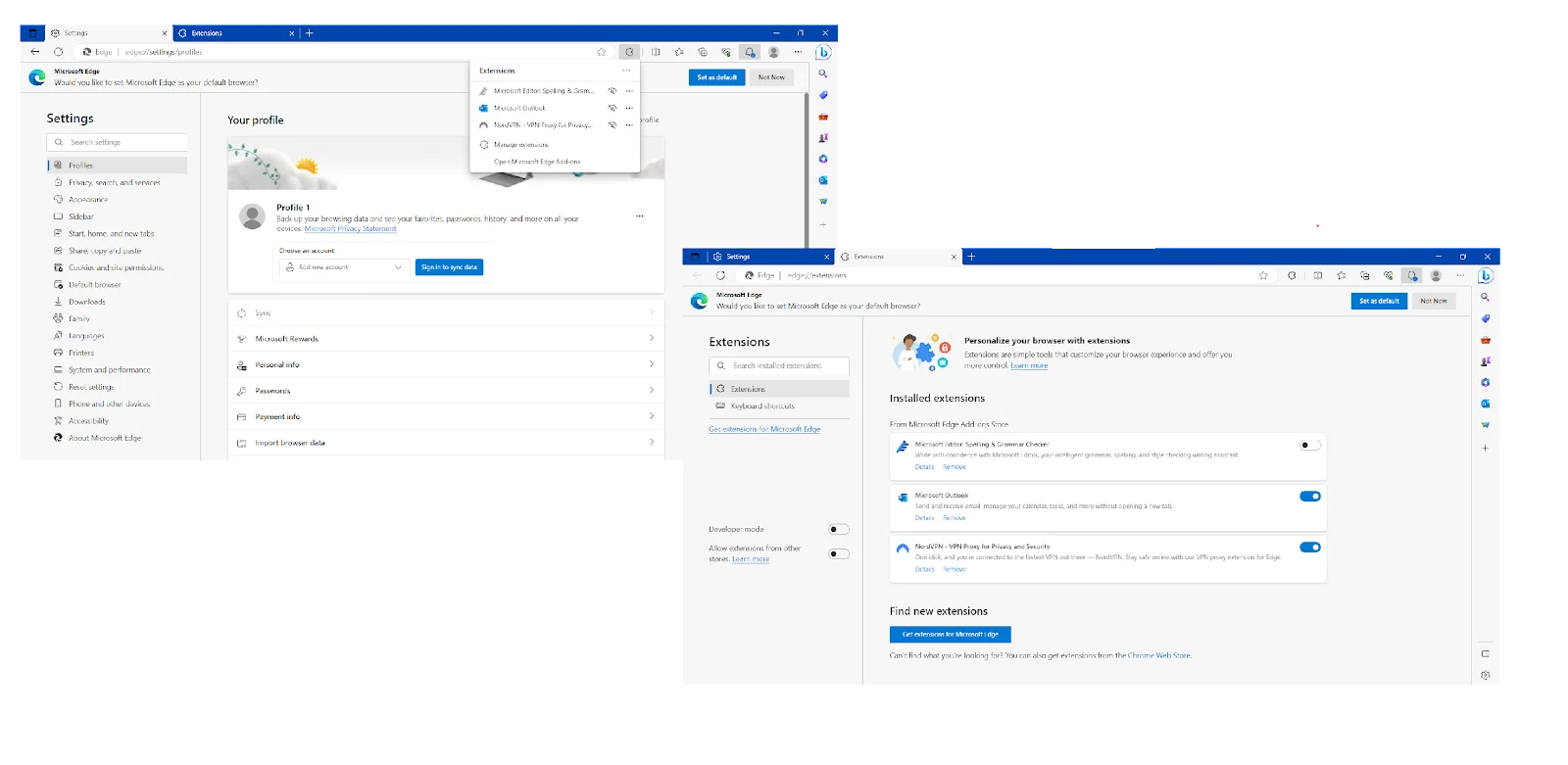
Restart Edge and see if your Microsoft Edge white screen or Windows grey screen issue has been resolved.
Related: How to Block Installation of Edge Extensions By Other Users?
Tip 4. Disable Hardware Acceleration
Although Hardware Acceleration enables your PC to perform certain functions more efficiently, this setting might be to blame for the Microsoft Edge white screen or blank grey page issue. Reportedly, disabling Hardware Acceleration has helped many users fix the Microsoft Edge start page problem in question, so do not hesitate to try out this fix:
- Open the Run app by pressing the
Windows key + Rkeyboard shortcut. - Tap in
inetcpl.cpland click OK. - In the Internet Properties window, navigate to the Advanced tab.
- Check Use software rendering instead of GPU rendering.
- Click Apply and OK so that your changes can take effect.
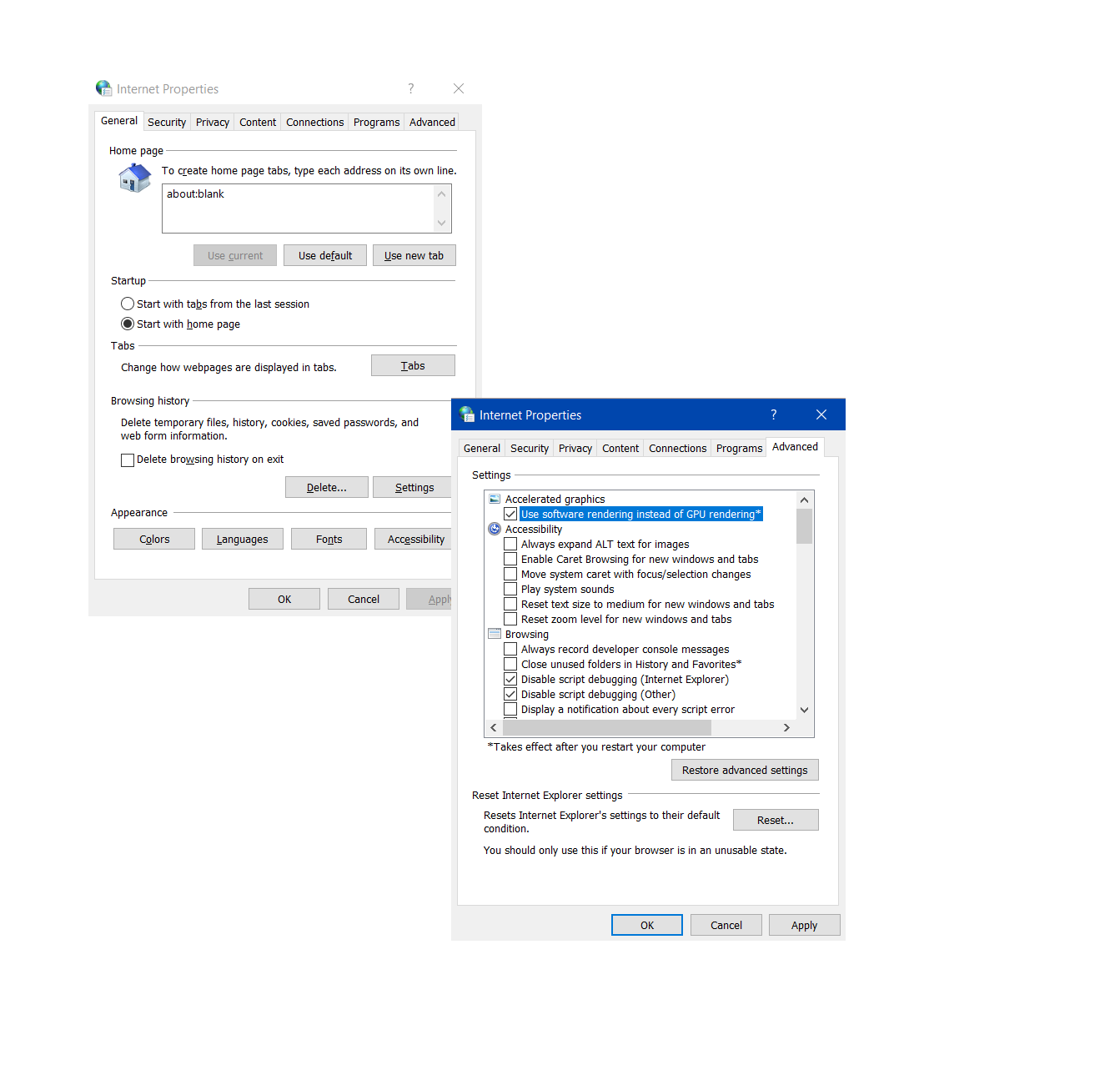
Now check if the Microsoft Edge blank white screen / grey screen issue has been resolved .
Tip 5. Remove Incompatible Apps
A lot of users have reported that certain software, such as IBM Trusteer Rapport, may trigger various Edge issues, including the Microsoft Edge white screen / grey screen problem, in Windows 10. To check if that is your case, uninstall the problematic software and see how things go:
- Open the Run app by pressing
Windows key + R. - Type
appwiz.cpland press the OK button. - Locate and select IBM Trusteer Rapport or any other app you believe to be the culprit behind the white blank page or blank grey screen on your PC .
- Click Uninstall. Click Yes to provide your confirmation.
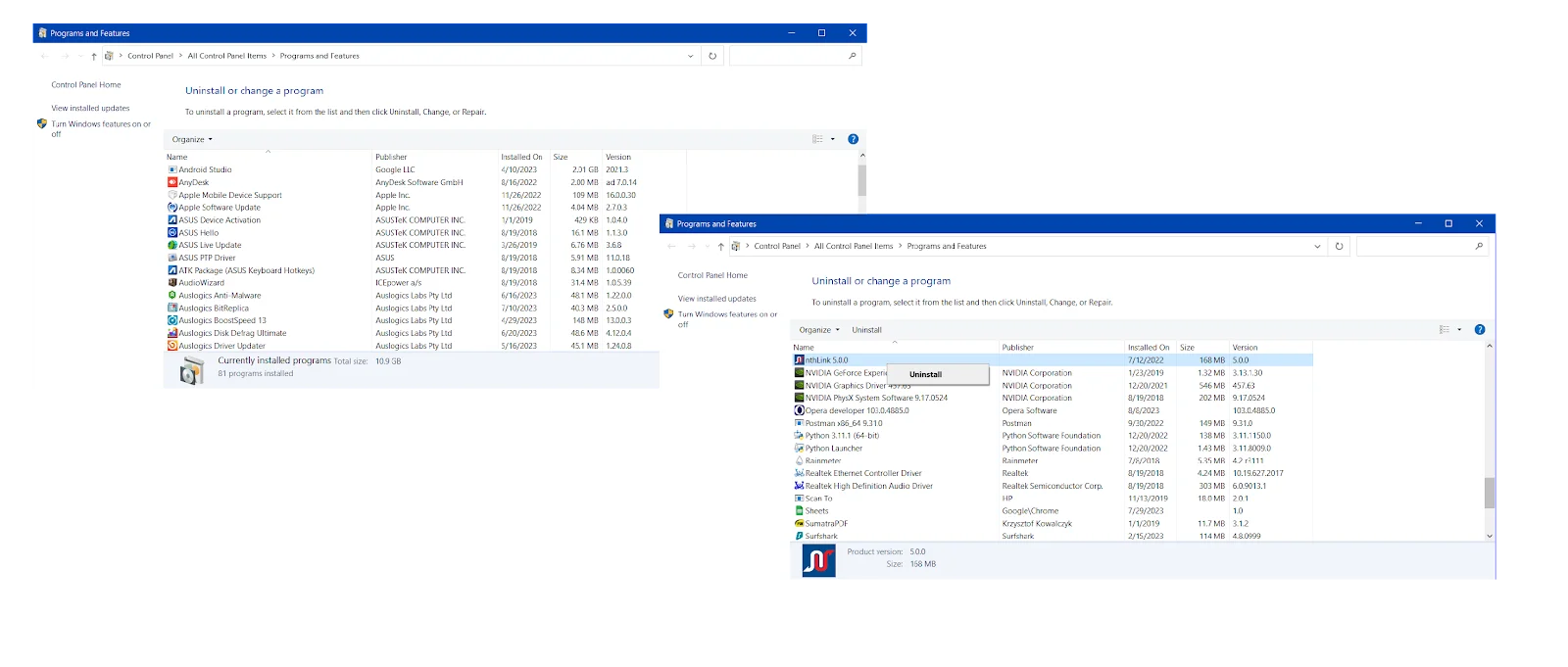
To keep your Win 10 neat and tidy, make sure to remove software leftovers from your system. Do that after uninstalling the app responsible for the Microsoft start page problem .
Finally, restart your PC and see if Edge works well.
Tip 6. Reset Edge
If Microsoft Edge keeps crashing with a white blank page or blank grey screen, it may be time to reset the browser. That is quite a straightforward procedure – just follow the instructions below:
- Open the Microsoft Edge browser and click the More icon (three dots) in the upper right corner.
- Select Settings and navigate to the Reset settings section.
- Click the > icon next to the Restore settings to their default values option.
- Click Reset when prompted.
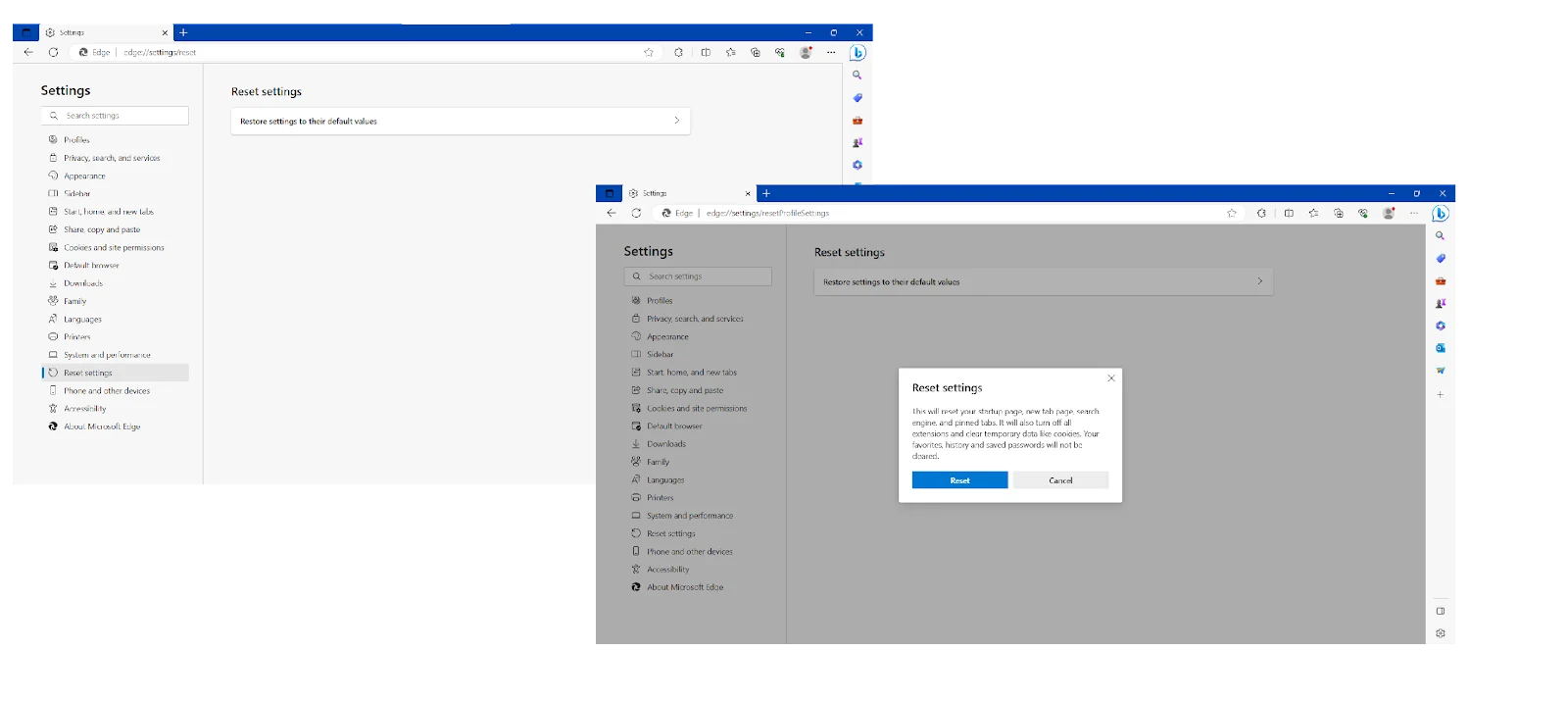
After resetting Edge, check if the browser is up and running again.
Tip 7. Rename Windows prefetch files
Another effective fix for the Microsoft Edge blank white screen or grey screen problem implies renaming Windows Prefetch files
. Here are the instructions for you to follow:
- Press the
Windows key + Eshortcut to open File Explorer. - Navigate to the address bar and type C:\Windows\Prefetch. Press Enter to proceed.
- Locate all the files that look like .EXE–[a random number].pf.
- Right-click on each of the files and select Rename.
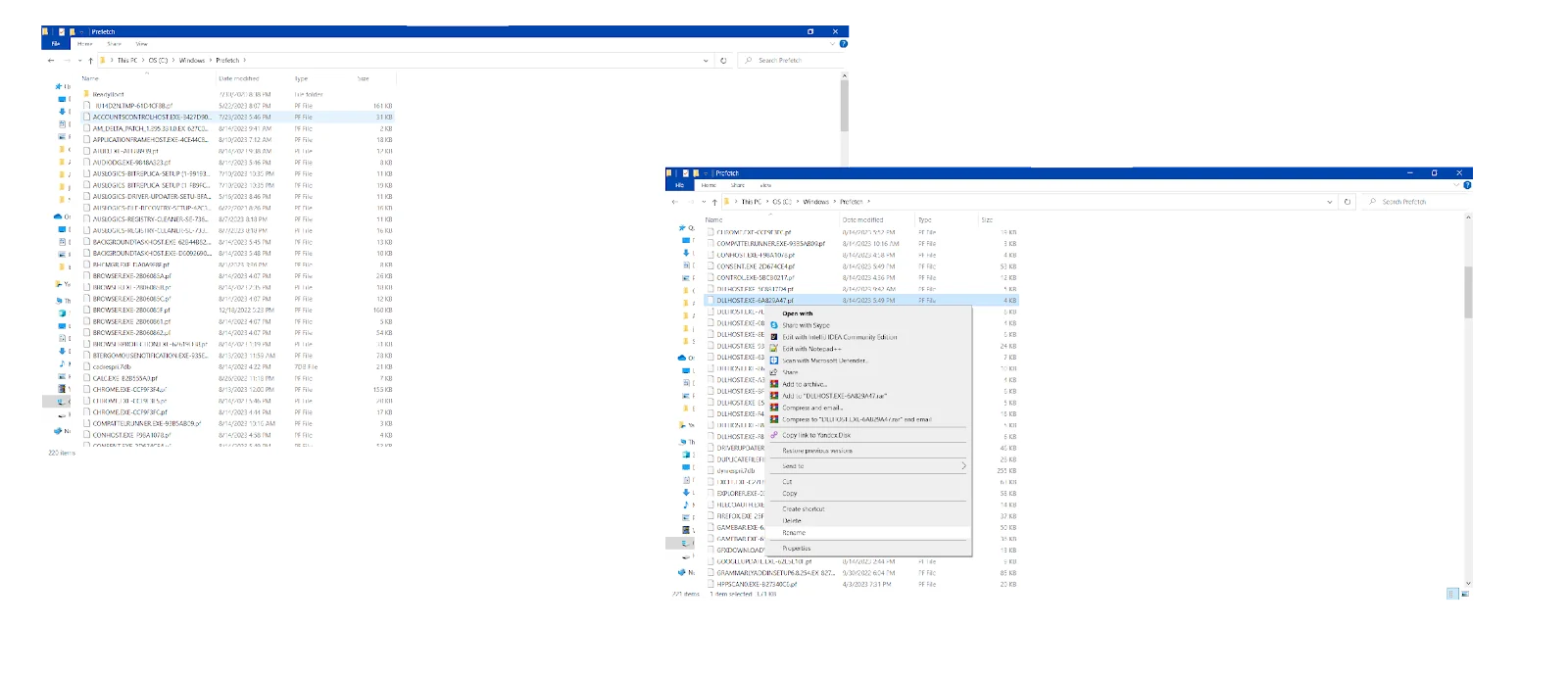
Rename Windows Prefetch files to what you want. Then launch your Edge and see whether Microsoft Edge keeps freezing or crashing or not .
Tip 8. Rename or delete Edge’s default folder
You can trick Edge into creating another default folder by deleting or renaming the current one. This maneuver is reported to be an efficient way to make Edge’s blank grey or white screens a thing of the past. However, to avoid negative consequences or complications, we recommend you to perform a Windows backup. After backing up your system, follow the steps below:
- Fire up Windows Explorer and navigate to C:\Windows\SystemApps.
- Scroll down to the Microsoft.MicrosoftEdge_8wekyb3d8bbwe folder.
- Right-click on the folder and from the context menu, select Rename.
- Give the folder a new name, like Microsoft.MicrosoftEdge_8wekyb3d8bbwe_old, or delete it altogether.
- When you launch Edge after doing so, it will create a new profile folder.
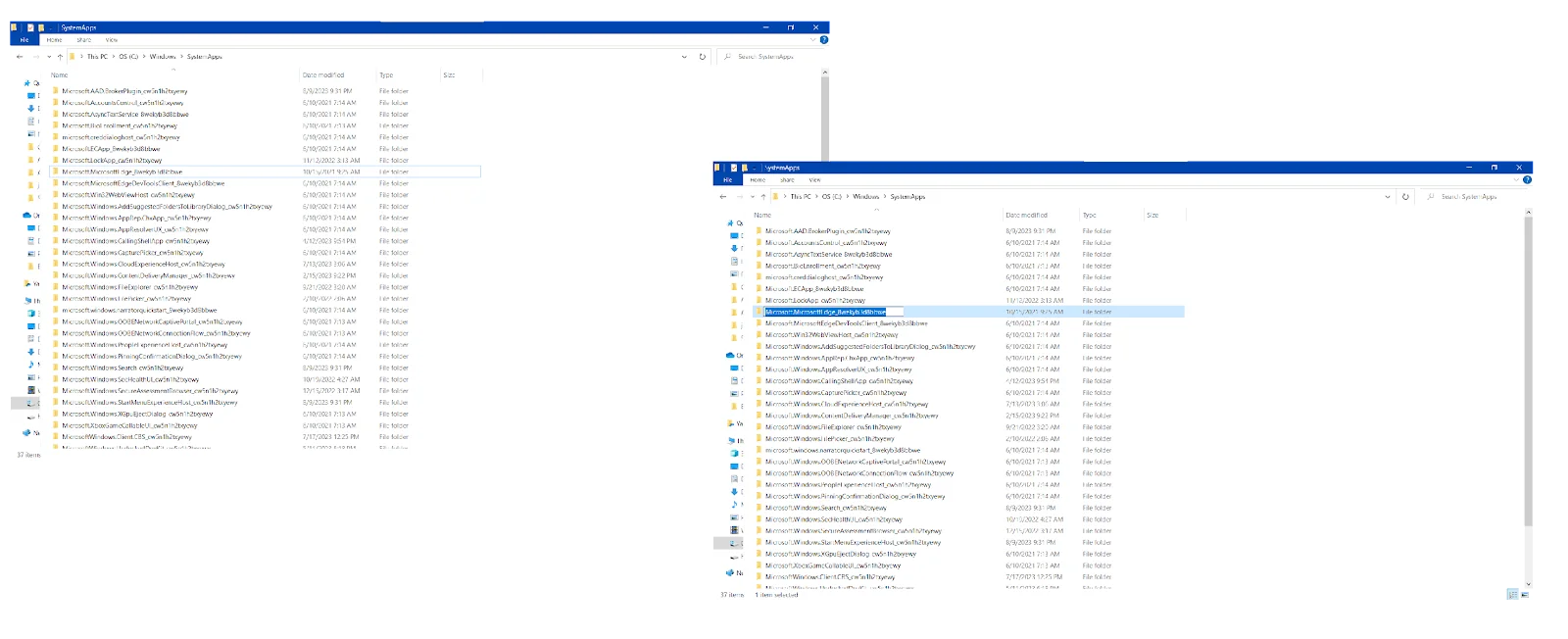
Now check if your Microsoft Edge white screen or Windows grey screen problem has gone.
Tip 9. Scan your PC for malware
It pays to be vigilant, so if Microsoft Edge keeps freezing or crashing whenever your try to browse with it, consider running a full anti-malware scan. The thing is, malware is getting more sophisticated and thousands of new threats are registered daily , so your browser might have been infected with something harmful. Therefore, it is essential that you know
how to remove viruses and other malware.
If you have a trustworthy non-Microsoft antivirus solution, configure it to search every nook and cranny of your Windows 10 operating system.
This powerful tool can catch the items that other antiviruses fail to detect and can run alongside other security products without triggering a tug of war:
- Download the Auslogics Anti-Malware app on your Windows computer.
- Install the tool by following the instructions provided by the installation wizard.
- Wait while the app’s anti-malware database is being updated.
- Proceed to the Scanners tab and opt for the type of scan that suits your purpose most. We recommend running a deep scan to troubleshoot an issue like a white blank page or blank grey screen in Edge.
- As soon as the deep scan is over, quarantine or eliminate the threats detected by the app.
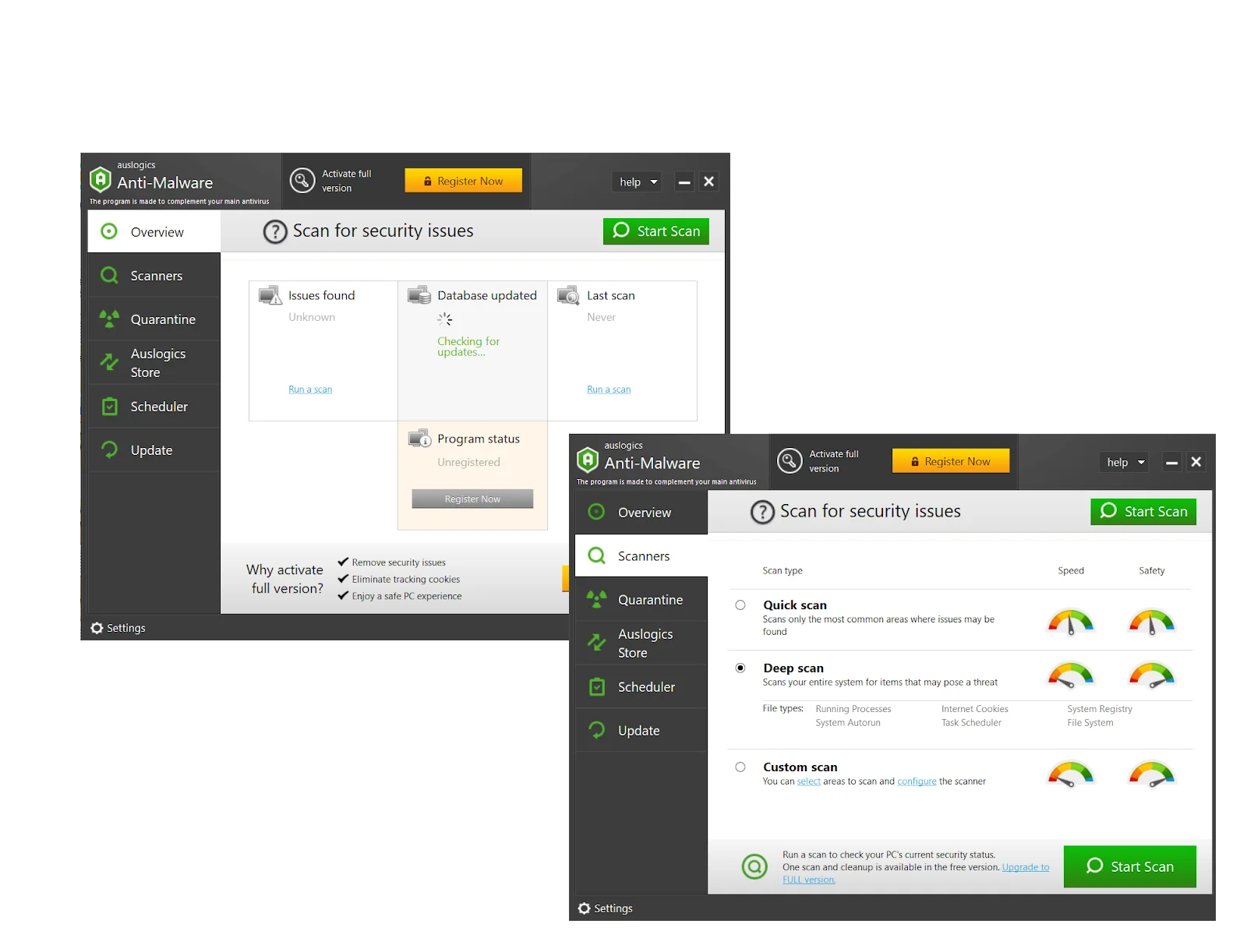
If you do not have a third-party antivirus product installed, there is no need to worry: you can run the built-in Windows Security tool. It is designed by Microsoft to safeguard your system:
- Click on the Windows logo icon to open your start menu.
- Locate the Settings gear and click on it to open the Settings app.
- Click on Update & Security and select Windows Security .
- Click Open Windows Security .
- Move to the left pane and click the Virus & threat protection option .
- Click Scan options . Then select Full scan.
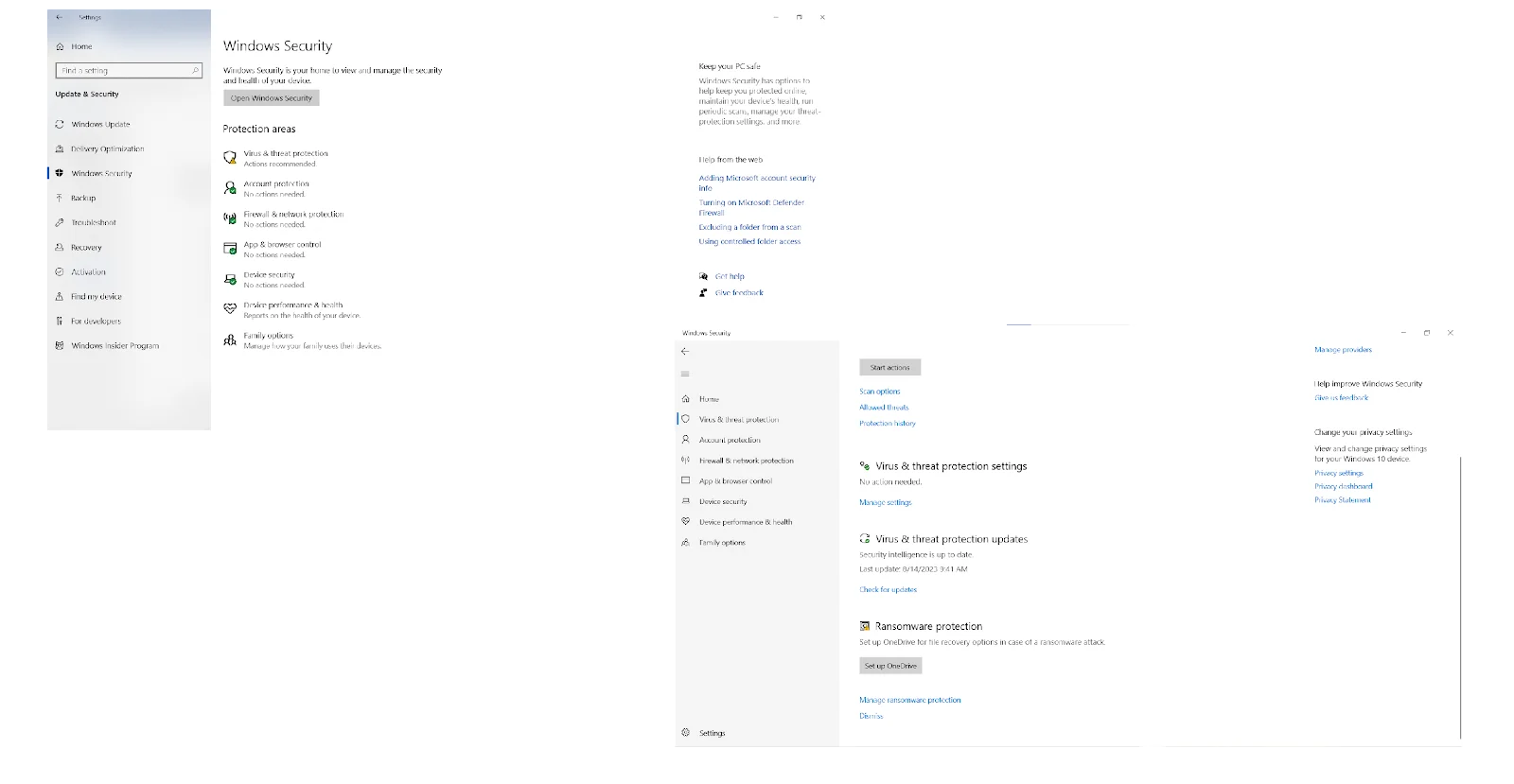
Related: How to Prevent Malware: Lock Down Your Online Safety
Tip 10. Use system restore
If all the fixes above have failed to give you the result you desire, consider taking your OS back in time.
Yes, these words should be taken literally: if you have the System Restore feature enabled, you can go back to a point in time when blank grey or white screens were not here.
Here is how you can restore your system to an earlier state to get rid of the white blank page / blank grey screen problem:
- Open your Start menu and enter restore point into the Search bar .
- Select the Create a restore point option.
- You will be taken to the System Protection tab of the System Properties window.
- Click on the System Restore button.
- Select Open System Restore. Press Next.
- Choose a reasonable restore point to roll back your system.
- Click Next and Finish.
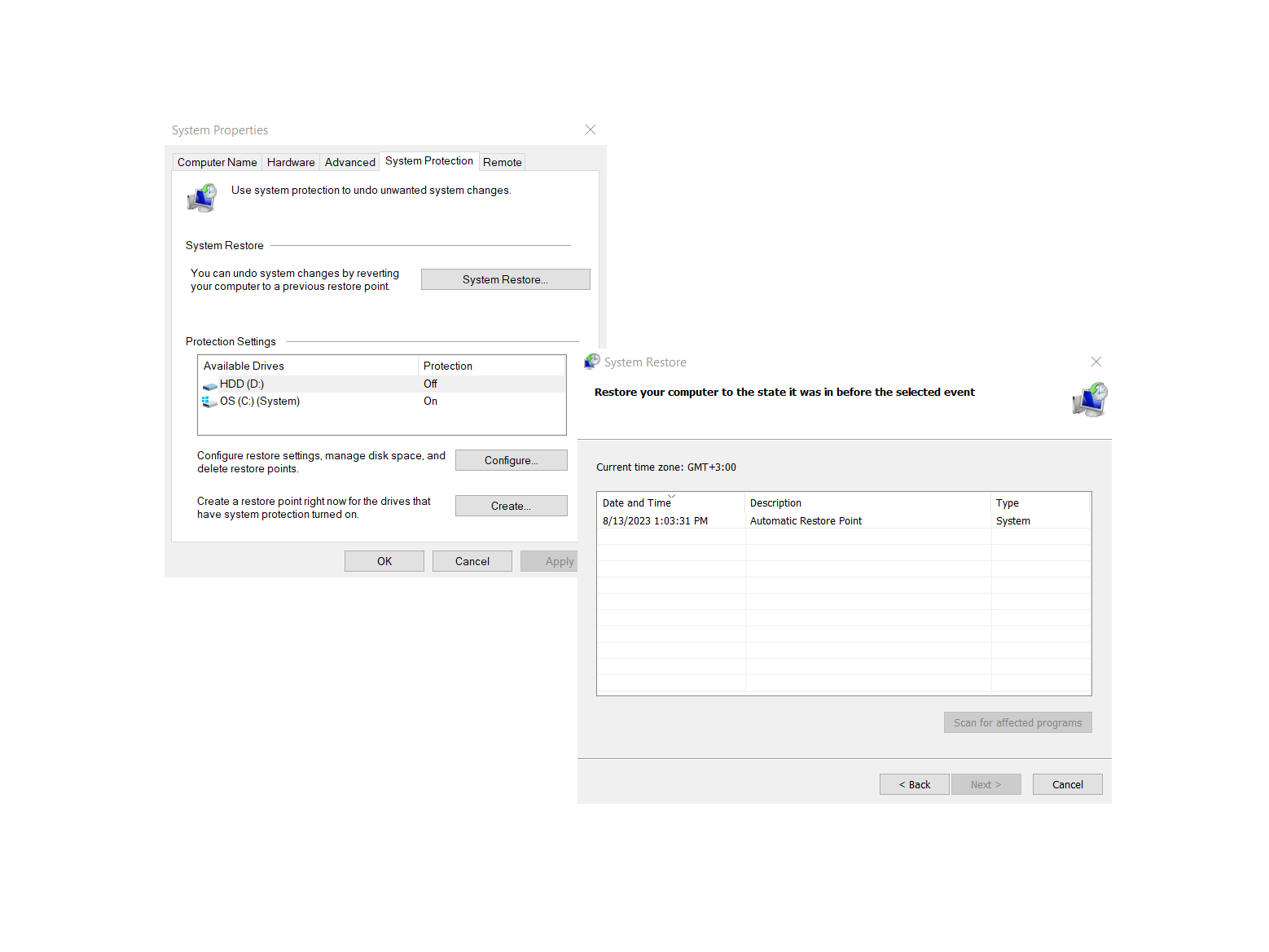
After restoring your system, launch your Edge browser. Hopefully, Microsoft Edge white screen s or blank grey pages trouble you no more.
Also Read:Fixing Restore Point Not Working in Windows 10
Tip 11. Troubleshoot your Internet connection
Poor Internet connectivity is another potential culprit when it comes to the Microsoft Edge blank white screen / blank grey screen issue. One of the fixes you can try is running the Internet Connections troubleshooter:
- Right-click the Start menu button and opt for Settings.
- Click the Update & Security tile and navigate to the Troubleshoot section.
- Open the Additional troubleshooters link on the right pane.
- Click on the Internet Connections option and select Run the troubleshooter.
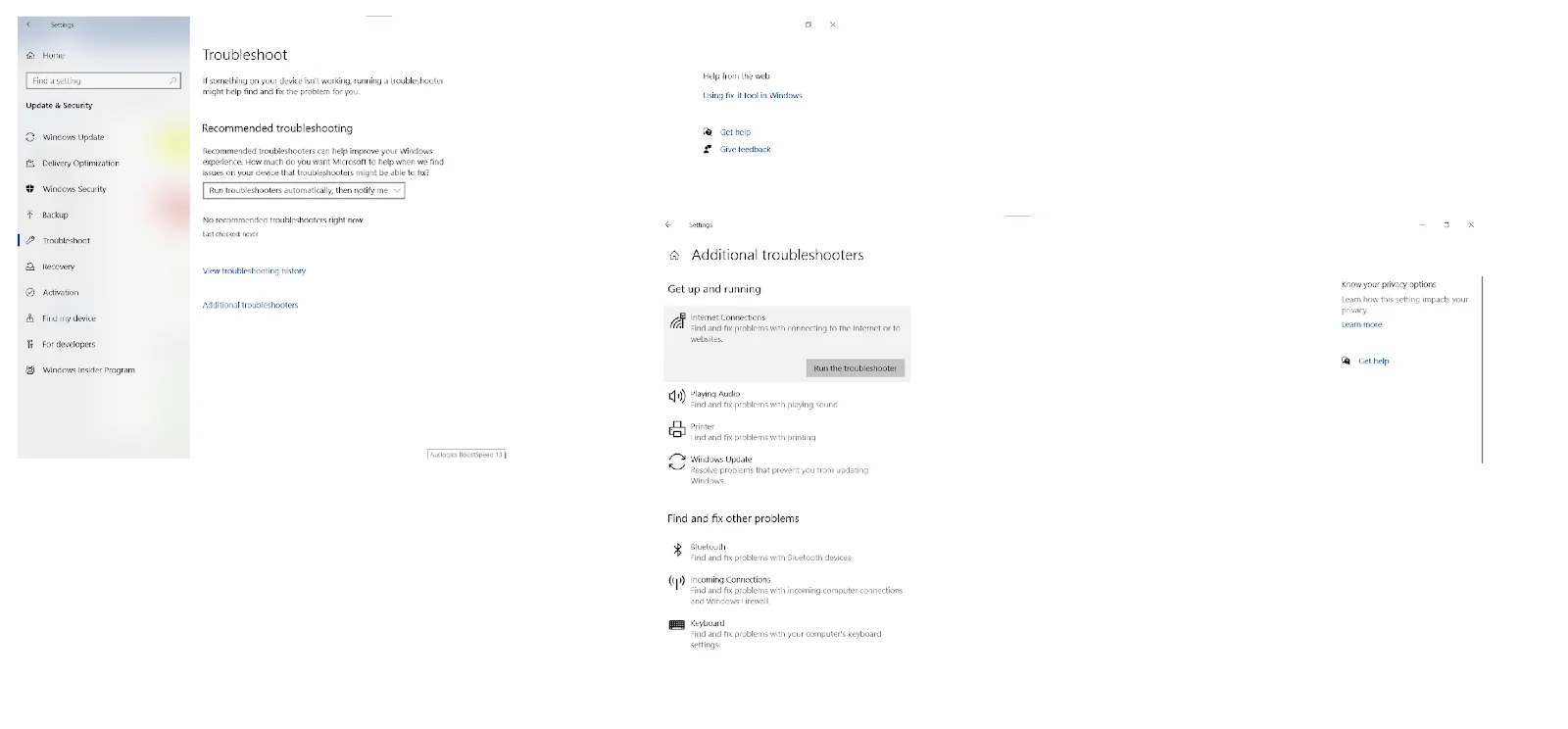
If the Internet Connections troubleshooter fails to help you with your Microsoft Edge start page problem, consider running a more advanced solution.
Your connection might be so slow due to incorrectly configures settings, so some thorough tweaking may be in order.
You can speed up your slow PC with Auslogics BoostSpeed. Its Internet Optimizer tool may be especially helpful in your case:
- Download and run the Auslogics BoostSpeed tool on your Windows computer.
- Once the app is up and running, open the Tools menu and expand Internet & Browser tools.
- Select the Internet Optimizer option.
- To automate the connection optimization settings, in the Auto Optimization tab of the Internet Optimizer screen, specify your connection speed and click Analyze. The tool will check your connection and suggest effective tweaks.
- Alternatively, you can boost your Internet speed manually in the Manual Optimization tab. There you can tweak the most important network parameters to make the most of your connection.
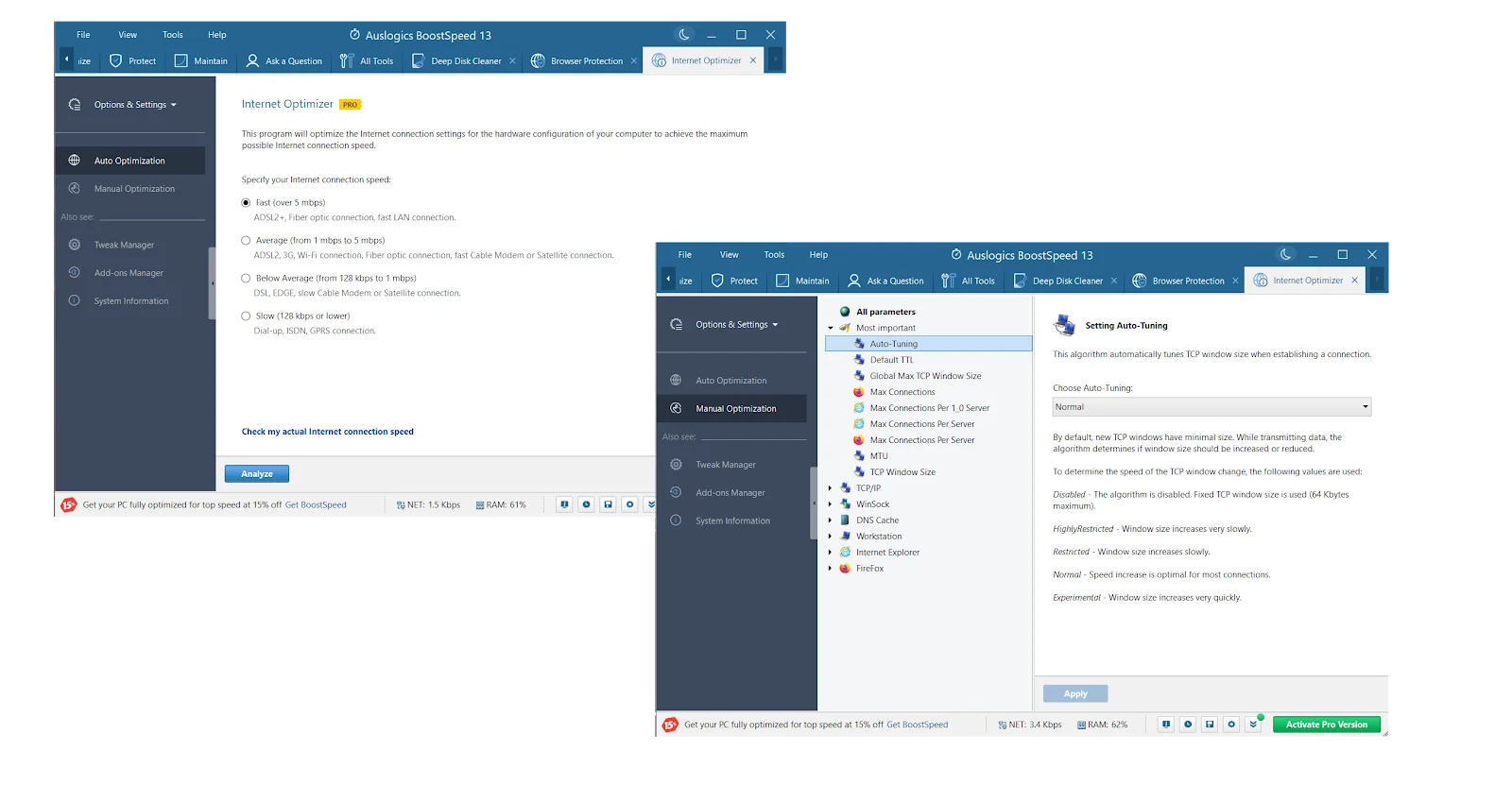
Related: Boost Internet on Your PC: Tips on How to Speed Up Your Internet Connection
Tip 12. Update your network drivers
If you’re experiencing connection problems like running into a white blank page or blank grey screen when trying to open your Edge browser’s startup page, updating your network drivers may save the day.
The same solution applies if Microsoft Edge keeps freezing and going blank suddenly in the middle of browsing.
You can update your network drivers using the built-in Device Manager tool:
- Right-click the Start button and select the Device Manager option from the Power User menu.
- Expand the Network Adapters section and right-click the device whose driver software you need to update.
- Click the Search automatically for drivers option. Device Manager will do its best to find relevant updates for your network adapter, yet unfortunately, in some cases, it may fail to do so.
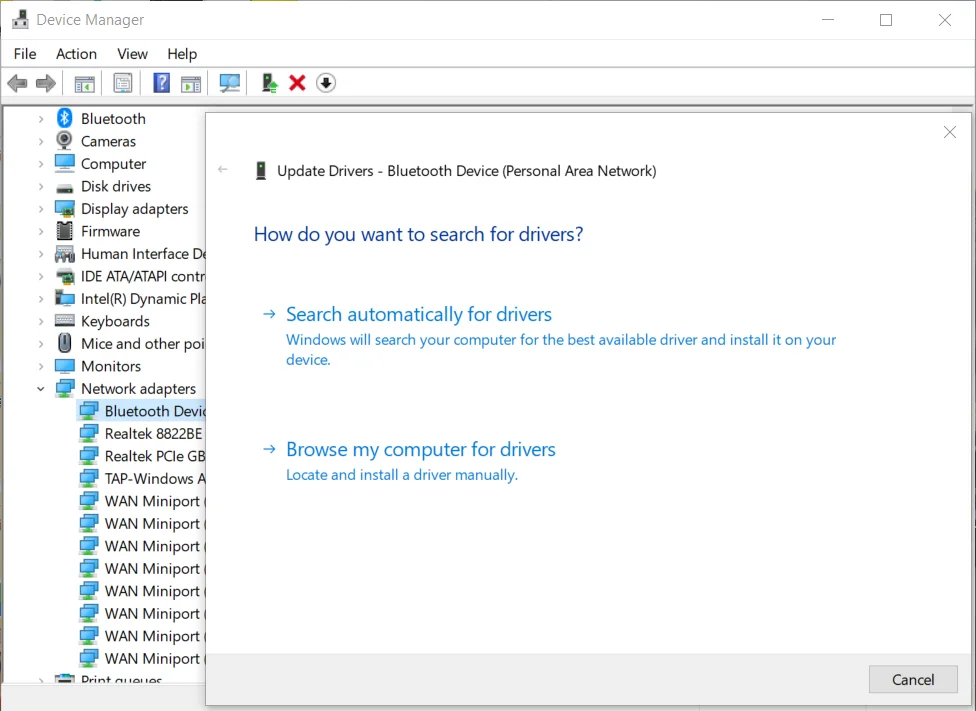
Another solution involves updating all your drivers automatically to their most appropriate versions.
To achieve that, you need a dedicated tool called Auslogics Driver Updater. Here is how you can fix driver-related issues, including those triggering Microsoft Edge start page freezes and crashes, with it:
- Download and install the Auslogics Driver Updater app on your Windows computer.
- Once launched, the tool will immediately run a scan of your PC for driver problems.
- As soon as it finishes the scan, click on the Update drivers button to update your drivers in just one click.
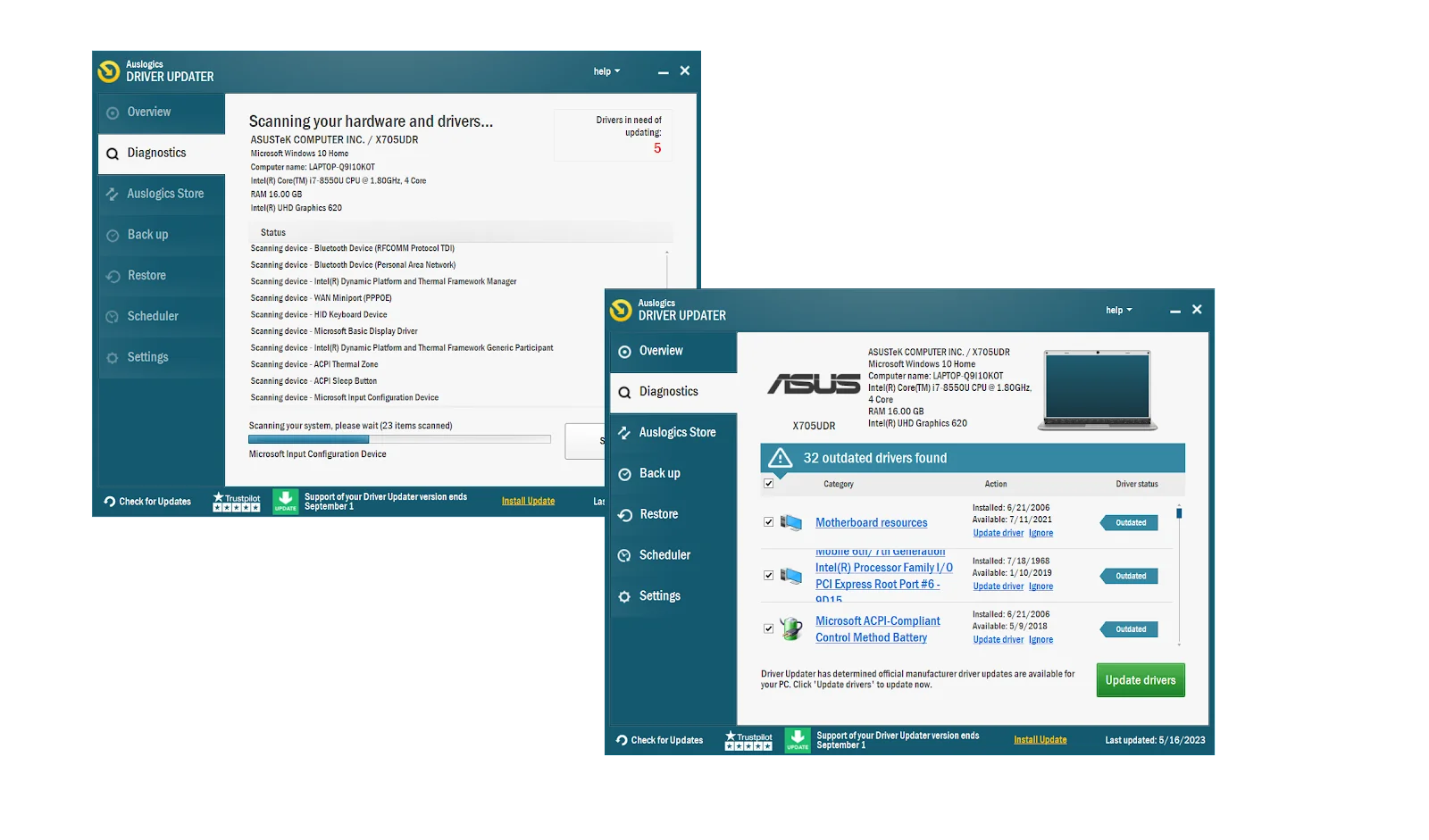
After updating all the obsolete drivers, make sure to restart your PC. Then check if the Microsoft Edge blank white screen /grey page issue has been resolved.
Related: [EASY GUIDE] How to Update Device Drivers on a Windows 10 PC?
Conclusion
When the Microsoft Edge start page appears white or grey, it prevents users from accessing their preferred content.
If Microsoft Edge keeps freezing or crashing into a white blank page or blank grey screen, you need to troubleshoot issues like system component corruption, software conflicts, malware infection, outdated drivers, and poor Internet connectivity, among other things, to find the culprit.
FAQ
To change the Microsoft Edge start page, follow the instructions below:
- Launch the Microsoft Edge browser.
- In the top-right corner of the browser window, click on the three horizontal dots to open the menu.
- Click Settings and navigate to Start, home, and new tabs.
- Select the Open the new tab page option under the When Edge starts menu.
- Scroll down to the Customize button under the New tab page menu to tweak the startup page to your liking.
- Alternatively, under the When Edge starts menu, select Open these pages, click Add a new page, and enter any desirable URL into the box.
- Save the changes and restart your Edge browser.
If Edge keeps crashing into a white blank page or blank grey screen on your computer, it may be a symptom of various issues, such as malware infection, system corruption, conflicting apps, PC junk, out-of-date driver software, connectivity problems, Windows Store glitches, etc.
The right fix depends on the culprit in your scenario.
![[SOLVED] Microsoft Edge White Blank or Grey Screen Page Problem](https://www.auslogics.com/en/articles/wp-content/uploads/2023/08/SOLVED-Microsoft-Edge-White-Blank-or-Grey-Screen-Page-Problem-568x359.png)